Every Chuseok a stark reminder for families separated during the Korean War that time is running out
With many separated family members getting older, most will never have the chance to meet their loved ones on the other side of the border again.
South Koreans pay respects to ancestors buried on the other side of the border in North Korea, ahead of the Chuseok festival, at Ganghwa Island, South Korea.
SEOUL: For families separated by the Korean War more than seven decades ago, Chuseok – the Korean Thanksgiving Day – is a sombre reminder that time is running out.
Both South and North Korea will mark the fall harvest festival from Thursday (Sep 28) to Saturday.
It is a time of reunion for families, with many travelling back to their hometowns, giving thanks to their ancestors, and feasting on traditional foods.
But for those divided by war – most of whom are well into their later stages of life – this time of the year offers no consolation for families lost.
“Every Chuseok season, I think of my parents and siblings (back in the North). I miss them so much and I still want to go back to my hometown, even today,” the 95-year-old told CNA during the ceremony.
“I came to the South when I was 22 years old, and I have celebrated Chuseok for 73 years here,” said an elderly grandfather, who originally hailed from the North.
He is part of a group of South Koreans who have made it their tradition for decades to pay respects to ancestors buried on the other side of the border, ahead of the festival.
This year, the group held its service at Ganghwa Island, where on a clear day, North Korea can be seen as it is less than 2km away.
South Koreans pay respects to ancestors buried on the other side of the border, ahead of the Chuseok festival, at Ganghwa Island, South Korea. On a clear day like this, North Korea can be seen from this island as it is just 2km away.
YEARNING FOR REUNIONS
All connections between the two Koreas have been cut off since the Korean War ended in 1953, separating hundreds of thousands of families.
Reunions for those affected were held in the past when inter-Korea ties were good.
The first face-to-face reunion was held in 2000. Since then, 21 rounds of reunions have been made possible for separated families. The last one was held in 2018 but frosty inter-Korea relations have since stalled the initiative.
According to government data, about 134,000 people have registered to take part in the reunions since the initiative started.
North Koreans (in the bus) grip hands of their South Korean relatives as they bid farewell after a family reunion at the Mount Kumgang resort on the North's southeastern coast on Oct 22, 2015. (File photo: AFP/POOL/The Korea Press Photographers Association)
However, around 93,000 of them subsequently passed away. Among those alive, about 67 per cent are 80 years old or older.
As the two sides are technically still at war, most will not have the chance to meet their loved ones again.
VIDEO MESSAGES THAT LIVE ON
Since 2005, the South Korean government, along with the Red Cross, have helped more than 24,000 South Koreans record video messages for their loved ones in the North.
Participants hope that even if they pass away, their digital messages will live on and one day be delivered to their intended recipients in North Korea.
Mr Cha Hyung Mo is among those who have recorded a video message in hopes that it will someday reach his family on the other side of the border.
The 89-year-old has been searching for his family for the past 75 years. His brother and sister would be about 78 and 75 years old respectively today.
Mr Cha Hyung Mo, 89, cries as he speaks to CNA about his family members in North Korea, whom he has been searching for for the the past 75 years.
He was separated from his parents and siblings at the age of 13, and has lived alone in the South since then.
He recalled his younger years of serving in the South Korean army and spending holidays alone.
“During holidays, when I was in the military, everyone would go home and come back carrying homemade food. But I had no home to go back to. So I would pretend I was going home, and spend nights at the railway station,” he told CNA with tears in his eyes.
KEEPING A RECORD
Others are doing their best to keep a record of their separated families and roots.
Mr Choi Byung Hoon remembers his uncle in North Korea by flipping through photo albums during this festive period.
The 88-year-old continues to do this even though he believes his uncle has already passed away due to his age.
He said the albums are not just for his North Korean family – including cousins he has never met – who he still hopes to meet one day. They are also for his own children and grandchildren in the South as it is important to know ones’ family history, he added.
“Not many separated families have albums like these. It’s not just about knowing family roots. These days, families don’t know who their distant relatives are. And so I created this so they know,” he said.
REMINISCING THROUGH VIRTUAL REALITY
In recent years, efforts have been made to bring people back to their hometowns in the North, even if it is just in the virtual world.
Shortly before the Chuseok holidays this year, South Korea’s Unification Ministry unveiled a metaverse platform.
A metaverse platform allows people to visit recreated North Korean cities such as Pyongyang.
The augmented reality space recreated several North Korean cities like Pyongyang, based on the memories of three people who lived there before the war.
The creator of the platform said it is not just for the separated families, but also for future generations.
“The common desire of those separated is to go back to their hometown,” said Mr Ahn Hyo-jin, the chief executive officer of Tekton Space, the company behind the metaverse.
“We went beyond that and created content to educate our children on why families were separated, why the Korean War broke out on June 25 in 1950, and why this kind of war should never happen again.”
South Korean singer Hyun Mi wears a VR headset before visiting a virtual version of her childhood home in North Korea. The background is a recreation of the military demarcation line that separates the two Koreas at the Demilitarized Zone (DMZ). (Screenshot from file video)
The latest platform was built upon a project a few years ago that allowed South Korea’s legendary singer Hyun Mi to visit her childhood home – or at least a version of it.
“I have crossed into the northern side. And that’s my elementary school. I can’t believe I have crossed over Panmunjom and am here in my hometown for the first time since I left it when I was 13,” she said in a recording of her using the virtual reality platform.
“I want to see my mother, my father, my aunt, my brother and sister. I left them (my siblings) when they were nine and six. More than 70 years have already passed.”
The singer passed away earlier this year at the age of 85.
She was separated from her two younger siblings in 1951 and the virtual space gave her a final chance to revisit her past, even if her lost family remained out of reach.
This article was originally published on Channel News Asia. Its inclusion on this website is solely for education purposes.
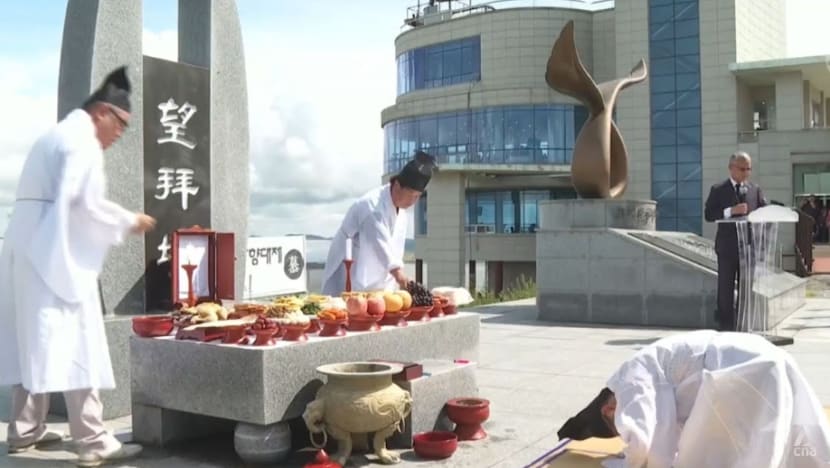
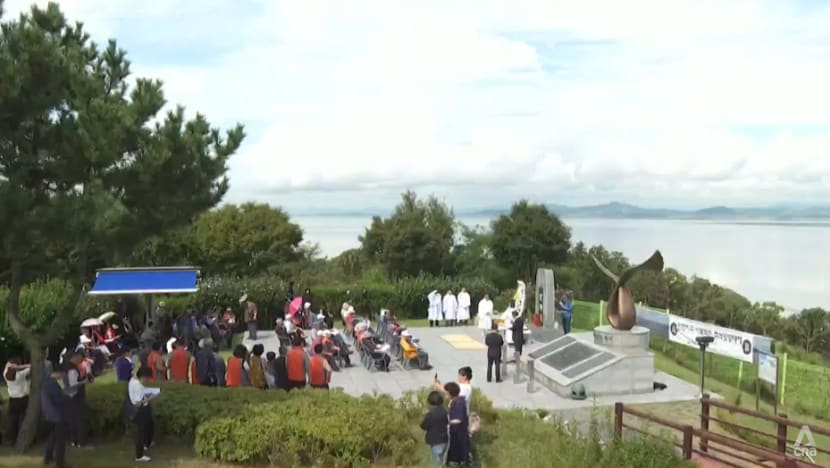

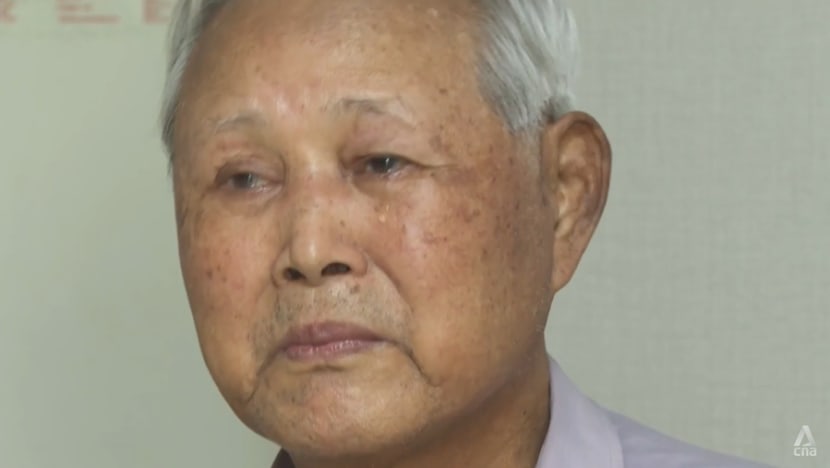
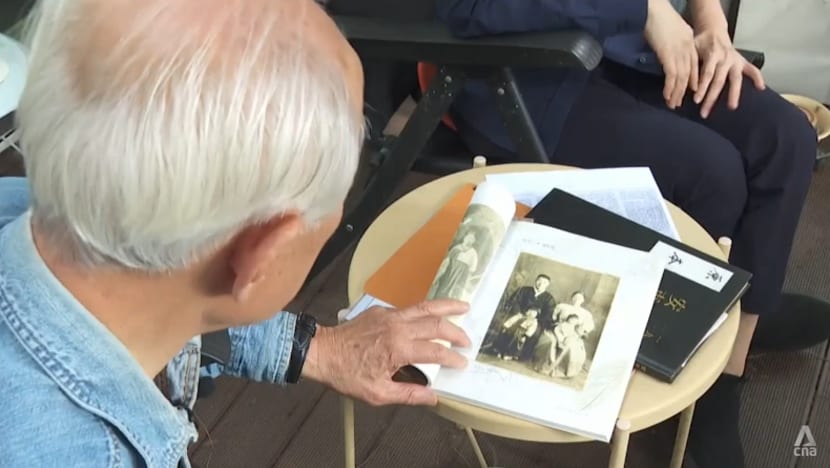
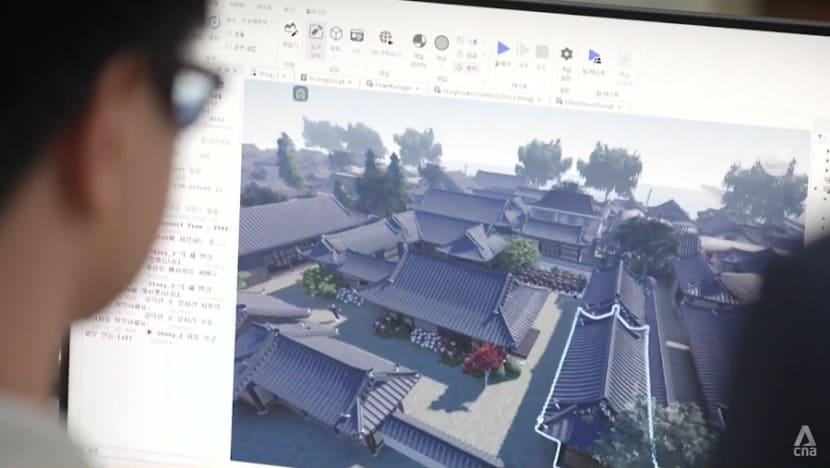
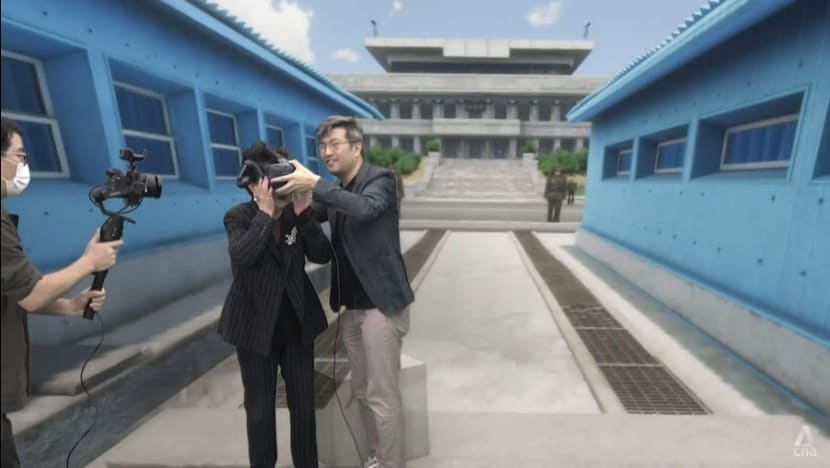



No comments
Share your thoughts! Tell us your name and class for a gift (: